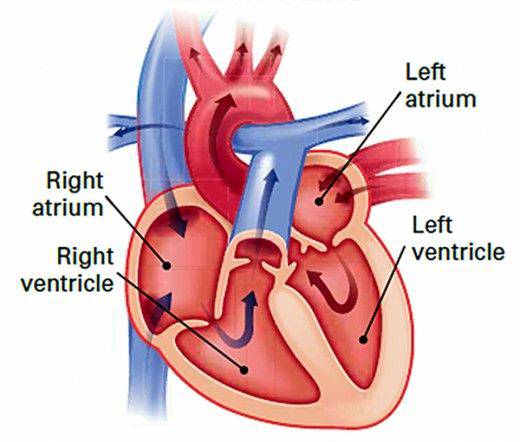Heart disease describes a range of conditions that affect your heart. Diseases under the heart disease umbrella include blood vessel diseases, such as coronary artery disease; heart rhythm problems (arrhythmias); and heart defects you’re born with (congenital heart defects), among others.
The term “heart disease” is often used interchangeably with the term “cardiovascular disease.” Cardiovascular disease generally refers to conditions that involve narrowed or blocked blood vessels that can lead to a heart attack, chest pain (angina) or stroke. Other heart conditions, such as those that affect your heart’s muscle, valves or rhythm, also are considered forms of heart disease.
There are many types of heart disease that affect different parts of the organ and occur in different ways.

Congenital heart disease
This is a general term for some deformities of the heart that have been present since birth. Examples include:
Arrhythmia
Arrhythmia is an irregular heartbeat. There are several ways in which a heartbeat can lose its regular rhythm. These include:
Coronary artery disease
The coronary arteries supply the heart muscle with nutrients and oxygen by circulating blood. Coronary arteries can become diseased or damaged, usually because of plaque deposits that contain cholesterol. Plaque buildup narrows the coronary arteries, and this causes the heart to receive less oxygen and nutrients.
Dilated cardiomyopathy
The heart chambers become dilated as a result of heart muscle weakness and cannot pump blood properly. The most common reason is that not enough oxygen reaches the heart muscle, due to coronary artery disease. This usually affects the left ventricle.
Myocardial infarction
This is also known as a heart attack, cardiac infarction, and coronary thrombosis. An interrupted blood flow damages or destroys part of the heart muscle. This is usually caused by a blood clot that develops in one of the coronary arteries and can also occur if an artery suddenly narrows or spasms.
Heart failure
Also known as congestive heart failure, heart failure occurs when the heart does not pump blood around the body efficiently. The left or right side of the heart might be affected. Rarely, both sides are. Coronary artery disease or high blood pressure can, over time, leave the heart too stiff or weak to fill and pump properly.

 WhatsApp us
WhatsApp us